The landscape of college sports is extraordinarily changing.
Back in May 2024, attorneys agreed to settle the NCAA’s three antitrust lawsuits: House v. NCAA, Hubbard v. NCAA and Carter v. NCAA. The settlement resulted in the back payment of approximately $2.78 billion over the course of 10 years, equating to about $280 million annually, among other agreements.
Three main categories were targeted by this change: the payment of damages relating to name, image and likeness for athletes; increased benefits to student-athletes; and alteration of roster limits — while completely eliminating scholarship limits.
But where did the $2.78 billion come from? And how does this affect Colorado State University?
“For CSU and other Group of Five schools, the House v. NCAA settlement represents both an opportunity and a massive financial challenge. While the ruling creates a more direct path for athletes to be compensated, it does so within a system that inherently favors wealthier power-conference schools.”
Timeline
The NCAA prohibited student-athletes from profiting from their NIL brands until former West Virginia football player Shawne Alston voiced concerns with this. Alston sued the NCAA in 2014, claiming its rules violated federal antitrust laws.
On June 21, 2021, a decision was made, finding that the NCAA’s compensation rules violated the Sherman Act — a U.S. law prohibiting unfair business practices.
In the beginning of July 2021, the NIL policy went into effect, “allowing for student-athletes to (a) profit from their own NIL through endorsement agreements and business ventures and (b) hire professional representation to facilitate such activity.”
Yet after solving this problem, the NCAA still faced backlash, resulting in the two other cases resolved in the current settlement: Hubbard v. NCAA and Carter v. NCAA.
After not being allowed to receive Alston Awards — education-based compensation for student-athletes — former Oklahoma State University football player Chuba Hubbard and former University of Oregon and Auburn University track and field athlete Keira McCarrell filed a class action lawsuit April 4, 2023.
The two sought triple damages from the NCAA and Power Five conference members — the Atlantic Coast Conference, Big Ten Conference, Big 12 Conference, Pac-12 Conference and Southeastern Conference — in regard to an illegal agreement not allowing athletes to receive Alston Awards.
Similar to Hubbard and McCarrell, Dec. 7, 2023, DeWayne Carter, Nya Harrison and Sedona Prince filed a federal antitrust law against the NCAA for its limits on compensation and benefits that student-athletes receive.
All players and lawsuits required action from the NCAA, resulting in the mention of all three in the NCAA’s settlement update.
Issues addressed
This settlement also allows Power Five conference members — along with other Division I schools that may choose to participate — to allocate 22% of the athletic revenue to student-athletes.
“The future model could result in student-athletes receiving $1.5 billion to $2 billion in new benefits annually,” the NCAA’s statement reads.
That is where several fans are raising an eyebrow.
Larger conferences such as the SEC make about $122,170,753 from athletic revenue, 22% equating to $26,877,566. Meanwhile, the Mountain West makes about $19,862,094 per year and, at almost $22 million less than the SEC, can give roughly $4,369,661 to athletes.
Institutions may also pay student-athletes directly for their NIL rights, but this would contribute to the 22% cap; however, NIL payments made from third parties would not.
This new budget is not the only benefit student-athletes are receiving from the settlement.
Potential benefits that athletes could soon be seeing include free tuition, room and board, educational grants, academic support and tutoring, medical and mental health resources and support, nutrition resources, life skills development, superior coaching and training and extended medical coverage, even after an athlete finishes playing.
“Many A5 schools would be providing nearly 50% of athletics revenue to their student-athletes,” the update states.
Along with the elimination of scholarship limits, athletes attending larger conference schools stand to profit a lot. To keep scholarships in check, roster limits have been added, but fans will not see the effects of this so much as other settlement results.
Colorado State University’s impact
For CSU and other Group of Five schools, the House v. NCAA settlement represents both an opportunity and a massive financial challenge. While the ruling creates a more direct path for athletes to be compensated, it does so within a system that inherently favors wealthier power-conference schools.
Under the new 22% revenue-sharing model, Power Five programs like those in the Big Ten and SEC are expected to allocate up to $20.5 million per year to their athletes. For CSU, however, that number could be as low as $4 million to $5 million in 2025-26, putting the Rams and other mid-major schools at a clear disadvantage in recruiting and retention.
In simple terms: When top athletes have the choice between a six-figure payout at a major program or a fraction of that at a Mountain West school, CSU will have a harder time competing at the highest levels.
Beyond financial implications, scholarship and roster rule changes could also shift the makeup of CSU athletics. With scholarship limits eliminated, schools can now distribute aid however they see fit, provided they stay within new roster caps. This flexibility might benefit sports like football, where depth is crucial, but it also raises concerns about how mid-major programs allocate their already limited resources.
Another looming question is the impact on CSU’s nonrevenue sports. If revenue-sharing forces athletic departments to redistribute funds, sports outside of football and basketball could face budget cuts or even elimination in the most extreme case. This has already become a major concern nationally, as smaller programs brace for potential fallout from the NCAA’s shifting financial model.
With CSU’s move to the Pac-12 imminent, though, the financial and legal landscape will likely look very similar to other Power Five schools. The 22% cap of revenue directed toward students will comparatively increase from the approximate $4 million share of CSU’s current media deal with the MW — expiring after the 2025-26 season.
A long-term Pac-12 media deal starting in 2026-27 hasn’t received any significant coverage at this time. However, Sports Illustrated reported that the Pac-12 received offers from Apple and ESPN about media deals ranging from $25 million to $30 million annually to each school in 2022 — just before the fall of the former Pac-12.
If the newly formed conference can approach similar figures in media rights in 2026-27, CSU could effectively increase their media revenue — and subsequent revenue-sharing numbers — six to seven times more than the current MW agreement.
Under these potential conditions, CSU would be allowed to allocate $5.5 million to $6.6 million annually to student-athletes.
New governance
Further steps toward power-conference autonomy have already been taken.
To enforce the settlement terms and manage the increasingly complex world of athlete compensation, the NCAA and its member institutions took steps to create a new independent governance body tasked with oversight.
This unnamed entity — expected to include representatives from power conferences and external auditing firms such as Deloitte or LBi, which are involved in NBA league operations and salary cap management — and NCAA officials will function as a compliance watchdog.
Currently framed in a corporate structure, the release of power from the NCAA is materializing.
Its primary responsibilities will include monitoring NIL agreements to ensure fair market value, preventing pay-for-play schemes and regulating the 22% revenue-sharing cap, which prevents schools from exceeding their allocation and handling disputes over athlete compensation and school compliance.
On one hand, it offers structure and transparency in an area that has been largely unregulated. On the other, it adds another bureaucratic layer to an already strained athletic department budget. Schools with fewer compliance resources than their Power Five counterparts may struggle to keep up with evolving regulations, creating an uneven playing field in enforcement.
Additionally, the governance body will need to navigate the legal gray areas that remain unresolved, particularly regarding state NIL laws that may conflict with the settlement. Without federal legislation to standardize NIL rules, there could be continued inconsistencies in how schools handle athlete compensation across different regions.
For now, the NCAA is still set to regulate issues regarding eligibility and academics.
Future implications
While the settlement provides a framework for revenue sharing and athlete compensation, it does not address deeper questions surrounding employment status, unionization and Title IX compliance.
The biggest unresolved issue remains whether athletes will eventually be classified as employees. If student-athletes are granted employee status, schools may be forced to offer full salaries, benefits and collective bargaining rights.
The increasing financial divide between the haves and have-nots may eventually push the Power Five toward forming their own breakaway league, leaving schools like CSU to navigate an unfamiliar athletic environment.
Additionally, the settlement fails to resolve Title IX concerns, as revenue sharing could disproportionately benefit football and men’s basketball — the highest revenue-earning sports. This could lead to legal challenges from women’s sports programs and Olympic sports alike.
Reach Michael Hovey and Sophie Webb at sports@collegian.com or on Twitter @michaelfhovey and @sophgwebb.



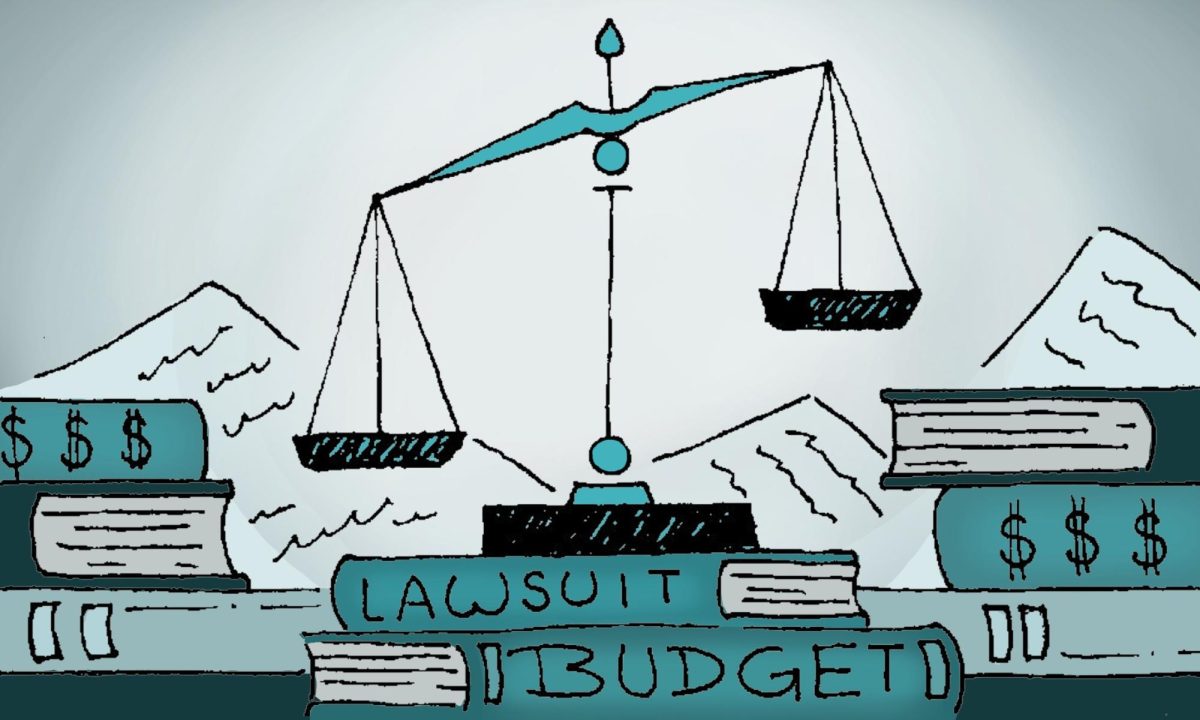


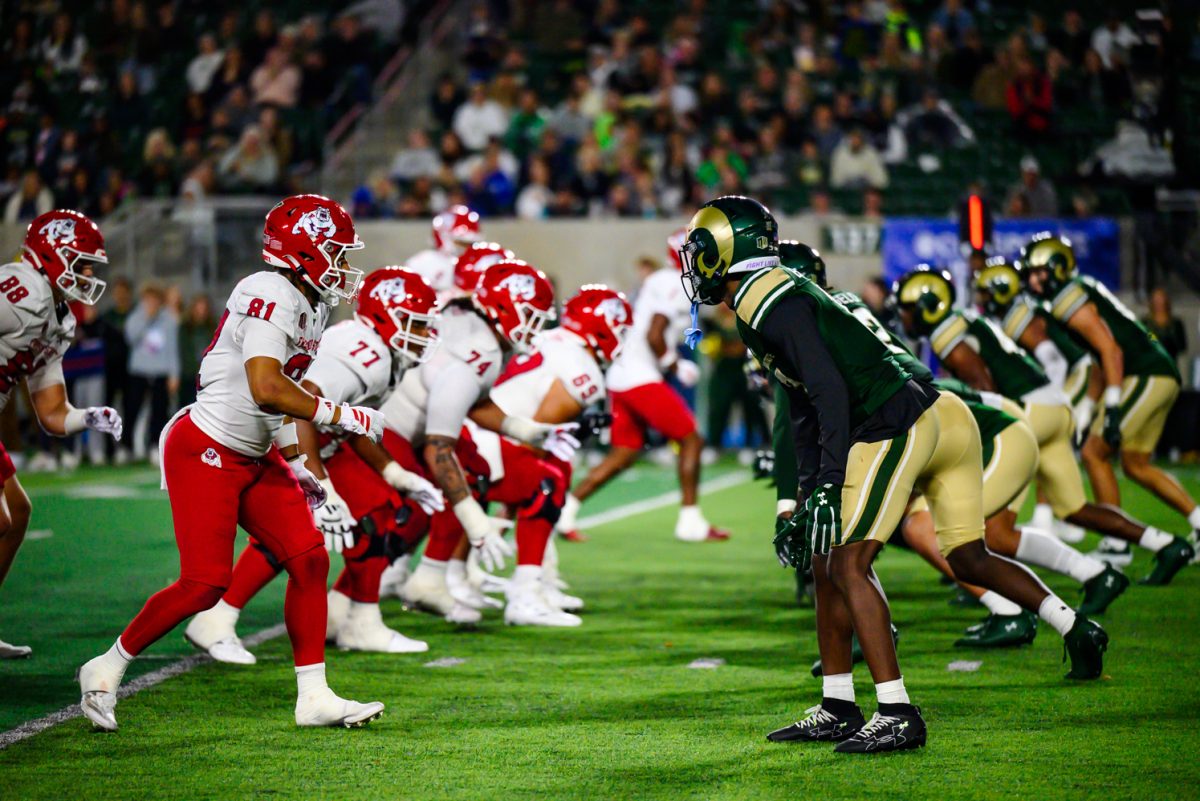
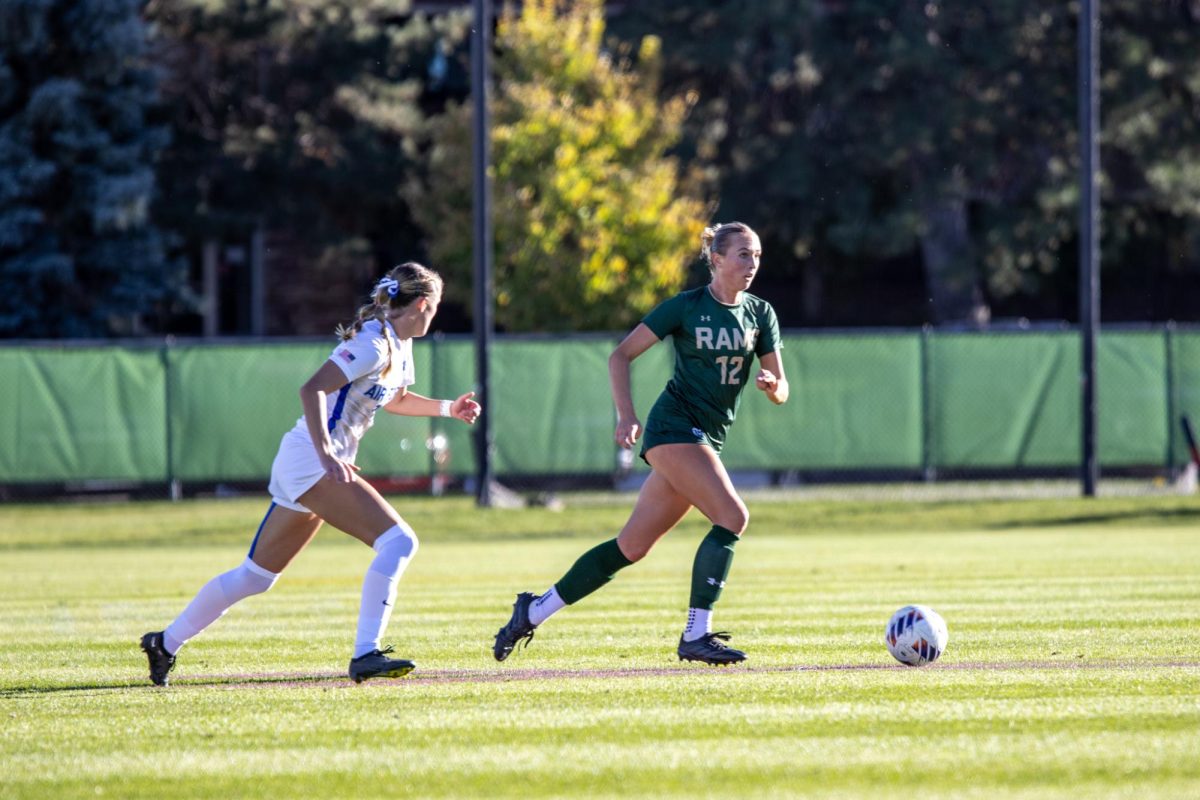
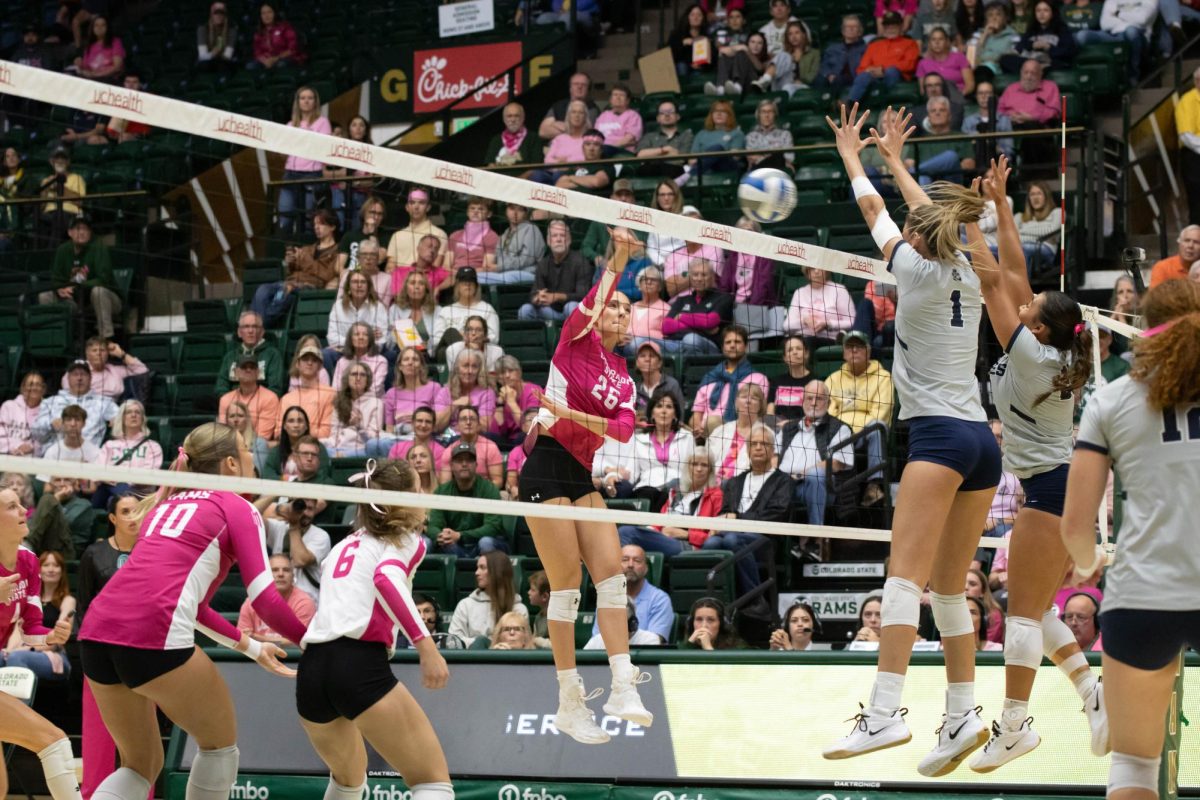
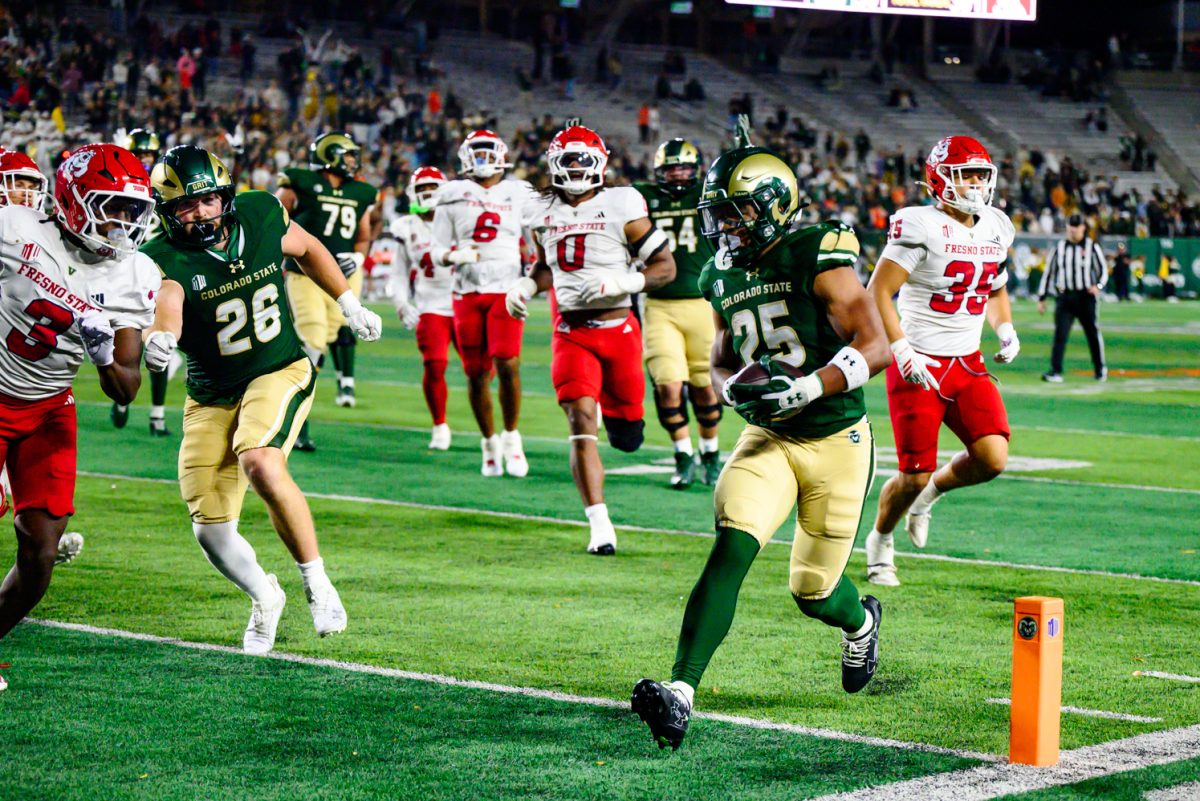

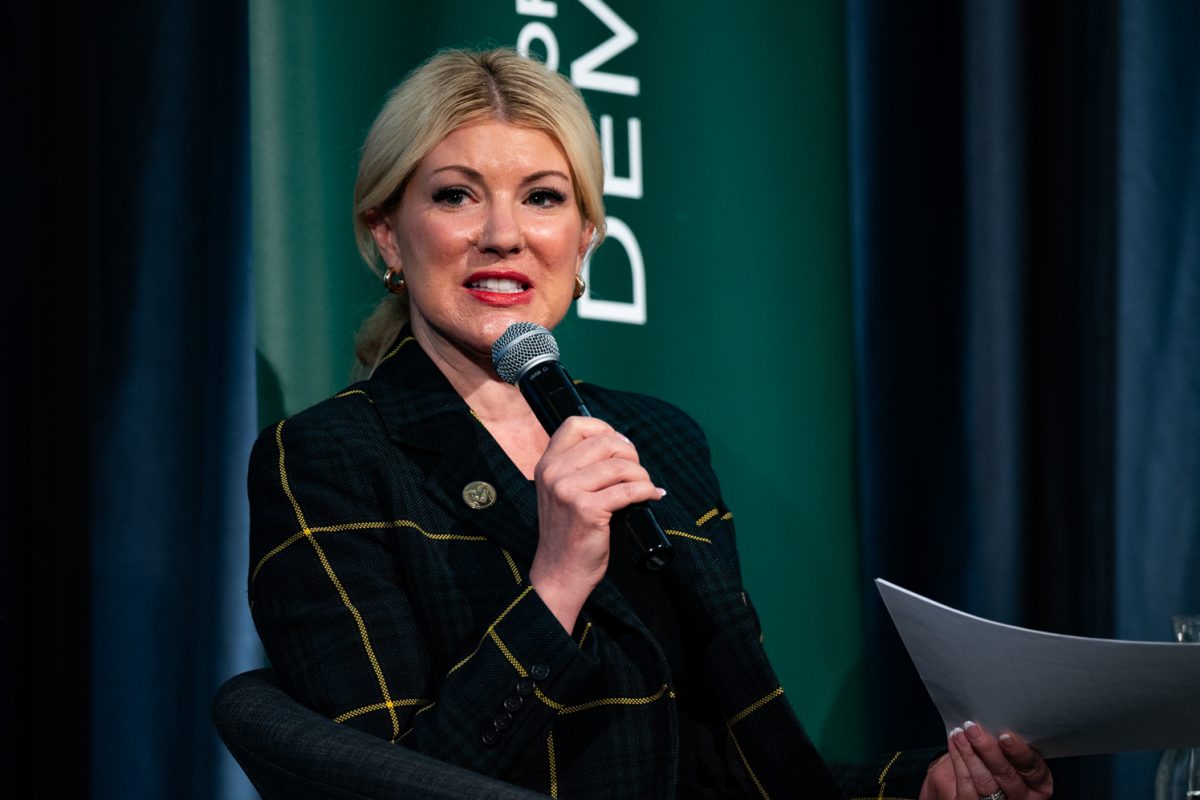
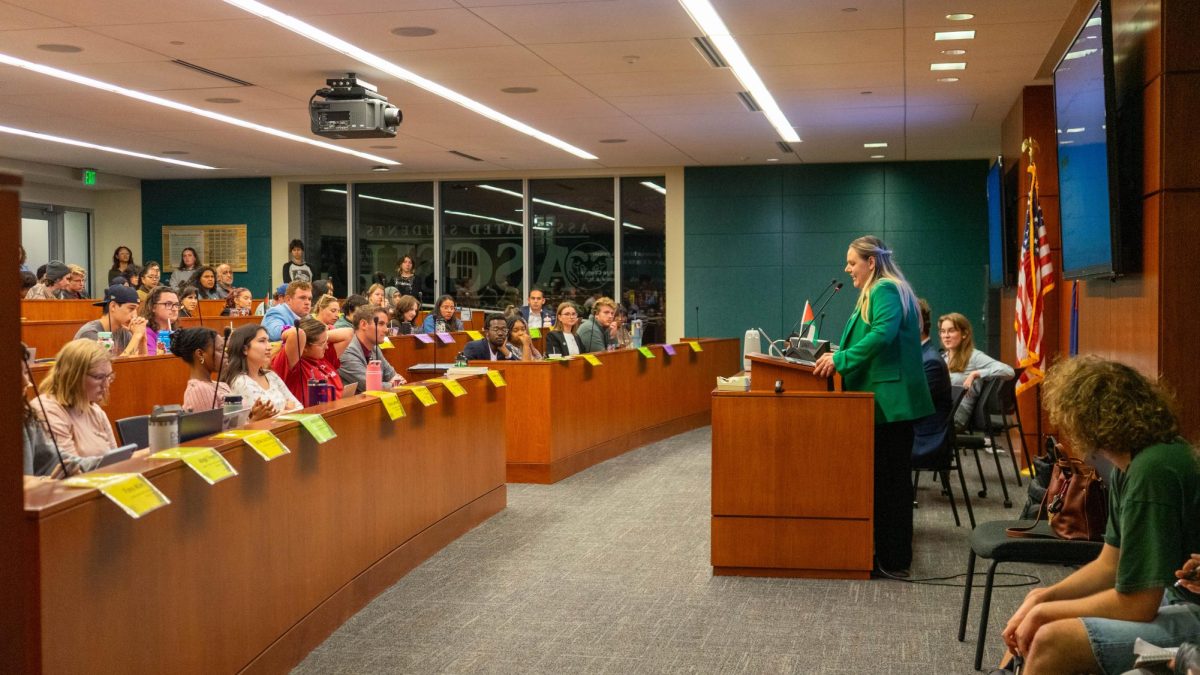


BarryCole • Feb 20, 2025 at 3:33 pm
You’ll need to reconcile all new monet with overarching title IX which ostensibly requires equal investments and efforts for women’s sports, at all levels. So an argument could/should be made that if u pick up 30mill for media, you send 15 mill to women’s budgets and promotions. Ncaa doesn’t circumvent established equal opportunity laws.